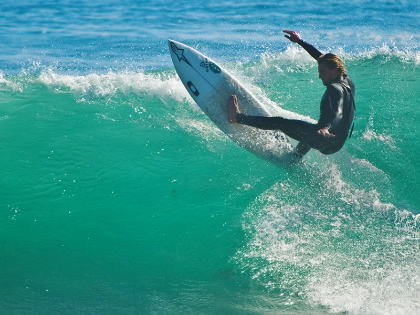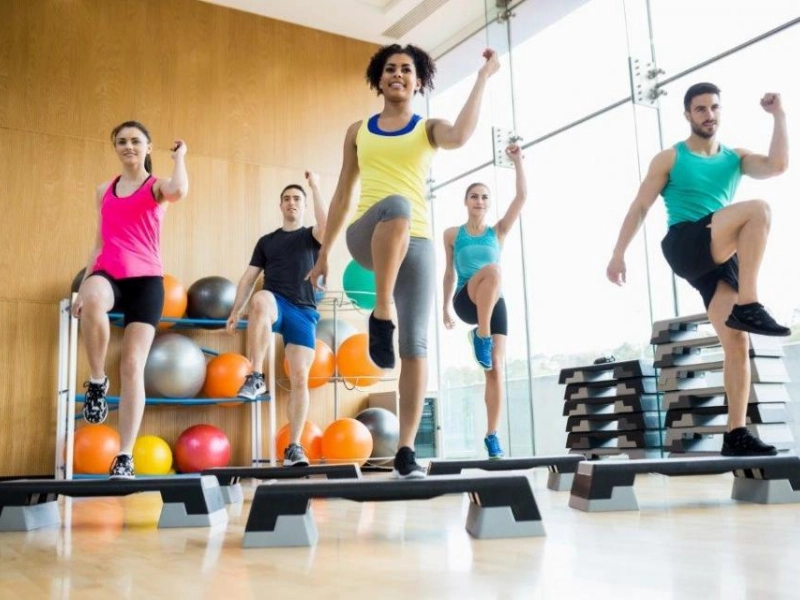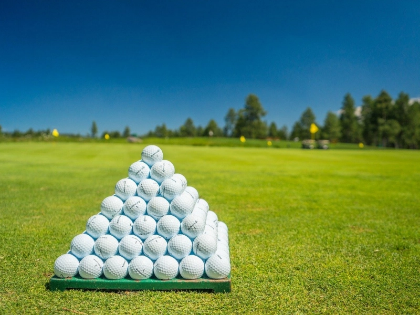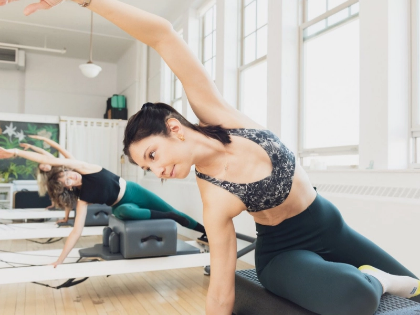Tips for Safe Horse Riding: Keeping Yourself Safe in the Saddle
Although riding horses can be very thrilling and fulfilling, it can also be risky, especially for inexperienced riders. It is imperative that all motorcycle riders adopt certain safety measures in order to ensure their own safety while riding. Always wear appropriate riding clothes and a helmet. A safety stirrup that separates in the event of a fall can help keep you from being hauled.
Saddles
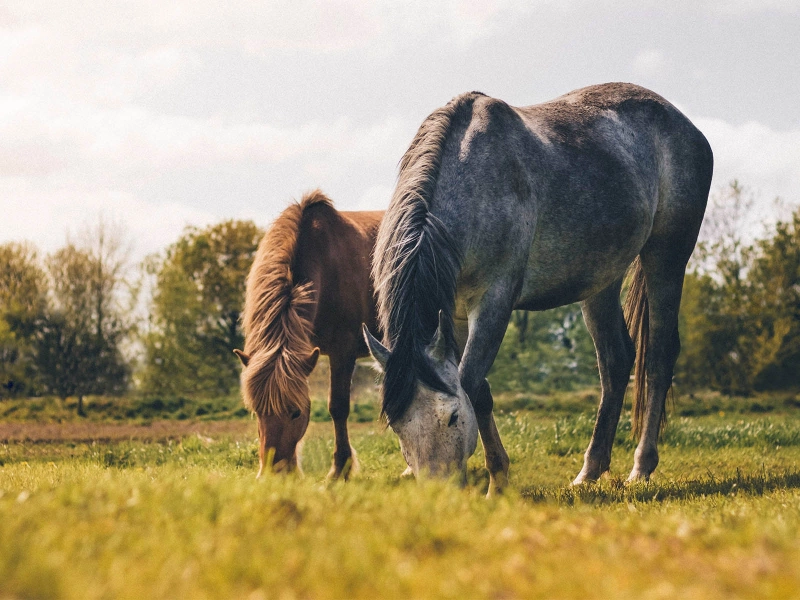
Stirrups
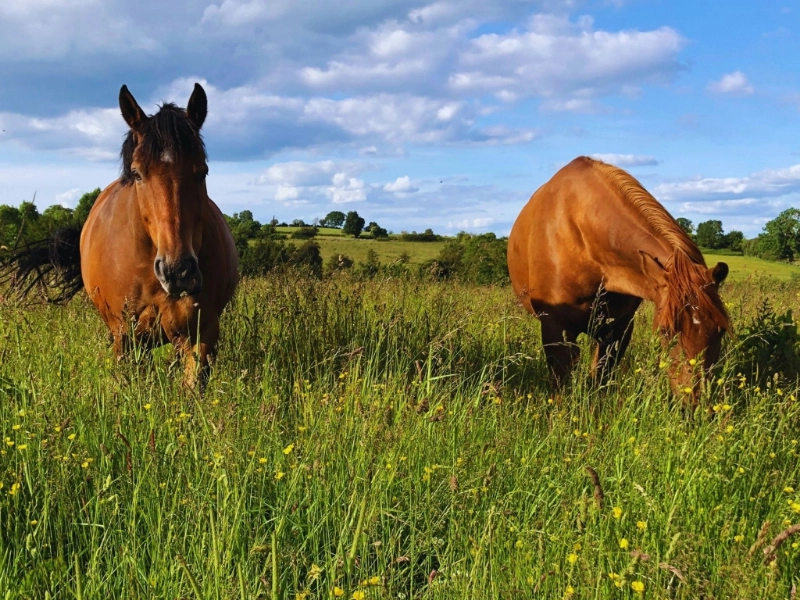 One of a rider's most crucial safety accessories is a set of correctly fitted stirrups. If they are too short, the foot may come loose from the stirrup; if they are too long, the rider loses stability and control in their upper body.
Unless they intend to mount right away, riders should "run up" the stirrup irons upon dismounting (Figure 4). Dangling stirrup irons can frighten horses, snag gates and latches, and cause discomfort by jolting the horse's flanks when it bites or scratches fly.
It is always best to dismount on the near side of the horse, at the throat latch, or right in front of the head. It is dangerous to stand behind a horse since they have a blind spot and can bite or kick if they feel threatened. Additionally, avoid crowding horses because they get quite tense near humans on the ground and may startle by turning away or rearing. Injury is a common outcome of this.
One of a rider's most crucial safety accessories is a set of correctly fitted stirrups. If they are too short, the foot may come loose from the stirrup; if they are too long, the rider loses stability and control in their upper body.
Unless they intend to mount right away, riders should "run up" the stirrup irons upon dismounting (Figure 4). Dangling stirrup irons can frighten horses, snag gates and latches, and cause discomfort by jolting the horse's flanks when it bites or scratches fly.
It is always best to dismount on the near side of the horse, at the throat latch, or right in front of the head. It is dangerous to stand behind a horse since they have a blind spot and can bite or kick if they feel threatened. Additionally, avoid crowding horses because they get quite tense near humans on the ground and may startle by turning away or rearing. Injury is a common outcome of this.
Toe Stoppers
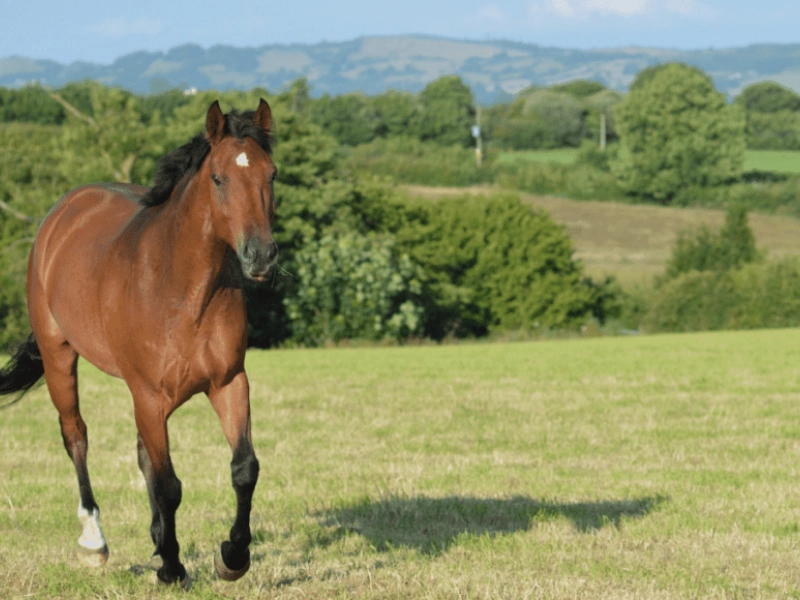 Because they are prey animals, horses are perceptive to movements that can be interpreted as threats because they are quick to react to their environment. Their natural reaction is to fight, run, or gather in groups.
The proper equipment is necessary for safe horseback riding. A well-fitting helmet guards against concussions, which are frequently caused by falling off a horse. Wearing gloves enhances your control over the reins, while a safety vest lessens the force of a tumble. Stirrups and a well-fitting saddle keep your foot from slipping between the iron bars. For small children and new riders, safety stirrups are a necessity, and toe stoppers ensure that your feet are always in the proper, balanced riding posture on the ball of your foot.
A horse has a blind spot in that direction and is often frightened; therefore, you should never stand in front of them directly. Instead, if you are walking the horse, stand to the near side, or in the space between the head and shoulder.
Because they are prey animals, horses are perceptive to movements that can be interpreted as threats because they are quick to react to their environment. Their natural reaction is to fight, run, or gather in groups.
The proper equipment is necessary for safe horseback riding. A well-fitting helmet guards against concussions, which are frequently caused by falling off a horse. Wearing gloves enhances your control over the reins, while a safety vest lessens the force of a tumble. Stirrups and a well-fitting saddle keep your foot from slipping between the iron bars. For small children and new riders, safety stirrups are a necessity, and toe stoppers ensure that your feet are always in the proper, balanced riding posture on the ball of your foot.
A horse has a blind spot in that direction and is often frightened; therefore, you should never stand in front of them directly. Instead, if you are walking the horse, stand to the near side, or in the space between the head and shoulder.
Pads for the Saddle
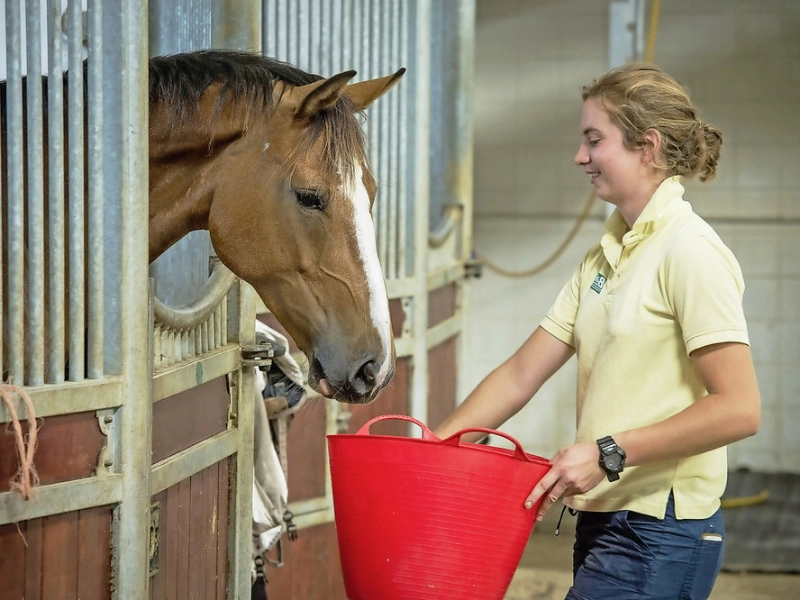 Horses' backs can suffer from the saddle's continuous pounding and pressure, which can lead to pain, discomfort, and even long-term harm. In order to distribute this weight and ease the strain on the horse and rider, saddle pads are a need.
To aid in preventing perspiration, saddle pads composed of breathable materials are essential. This is so as to prevent rashes and back sores in the horse by drawing perspiration away from the animal using moisture-wicking fabrics.
When interacting with a horse on the ground, always speak to it and go cautiously and gently. Because they are easily startled, horses may react aggressively by kicking. Make sure you have solid control over the horse if you're trying to harness or lead it. It may buck or get hurt if it tries to get out from under you. Wearing safety gear is also a smart idea, particularly when working with horses. Necklaces hanging loose can catch in the stirrups or reins.
Horses' backs can suffer from the saddle's continuous pounding and pressure, which can lead to pain, discomfort, and even long-term harm. In order to distribute this weight and ease the strain on the horse and rider, saddle pads are a need.
To aid in preventing perspiration, saddle pads composed of breathable materials are essential. This is so as to prevent rashes and back sores in the horse by drawing perspiration away from the animal using moisture-wicking fabrics.
When interacting with a horse on the ground, always speak to it and go cautiously and gently. Because they are easily startled, horses may react aggressively by kicking. Make sure you have solid control over the horse if you're trying to harness or lead it. It may buck or get hurt if it tries to get out from under you. Wearing safety gear is also a smart idea, particularly when working with horses. Necklaces hanging loose can catch in the stirrups or reins.


